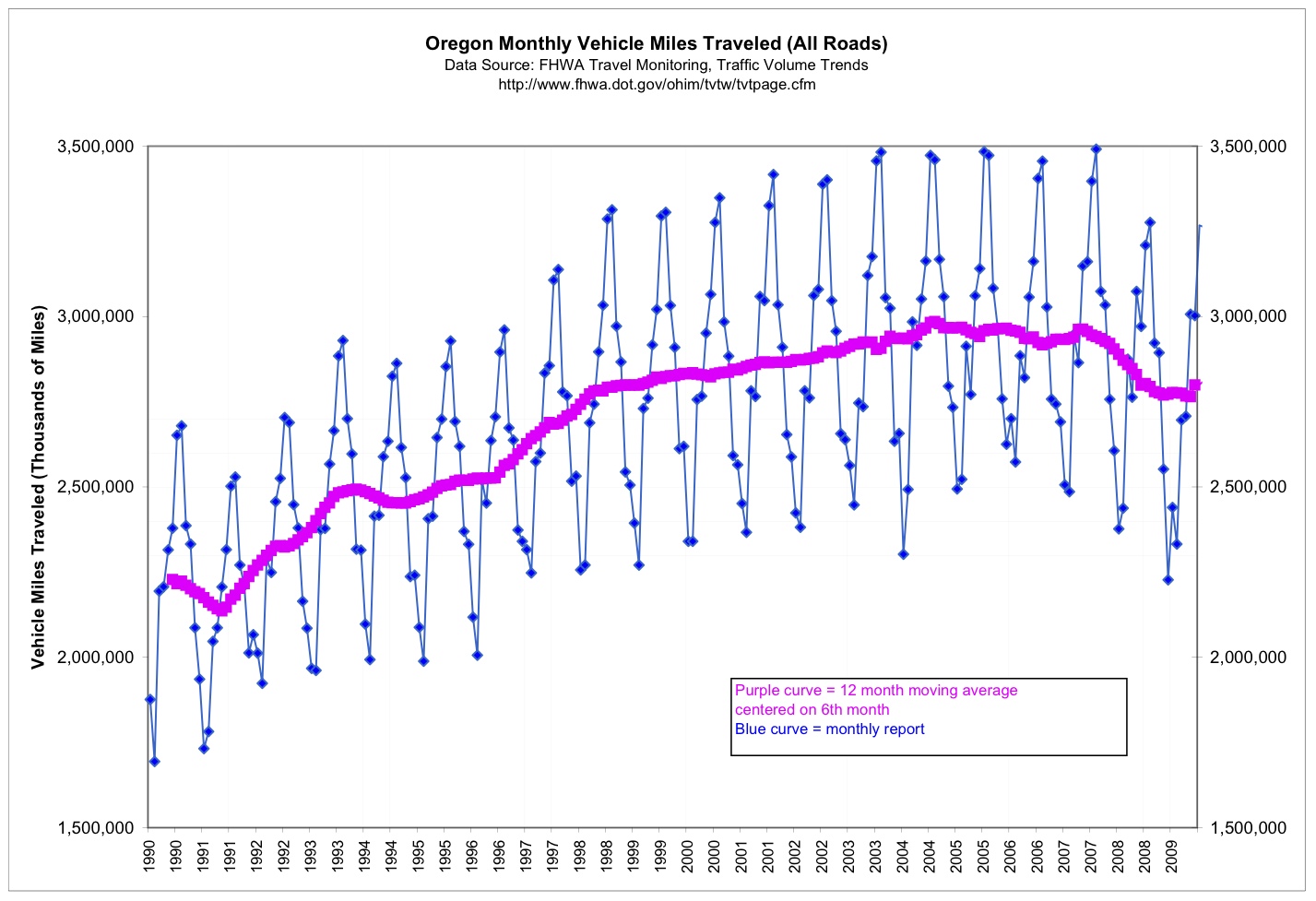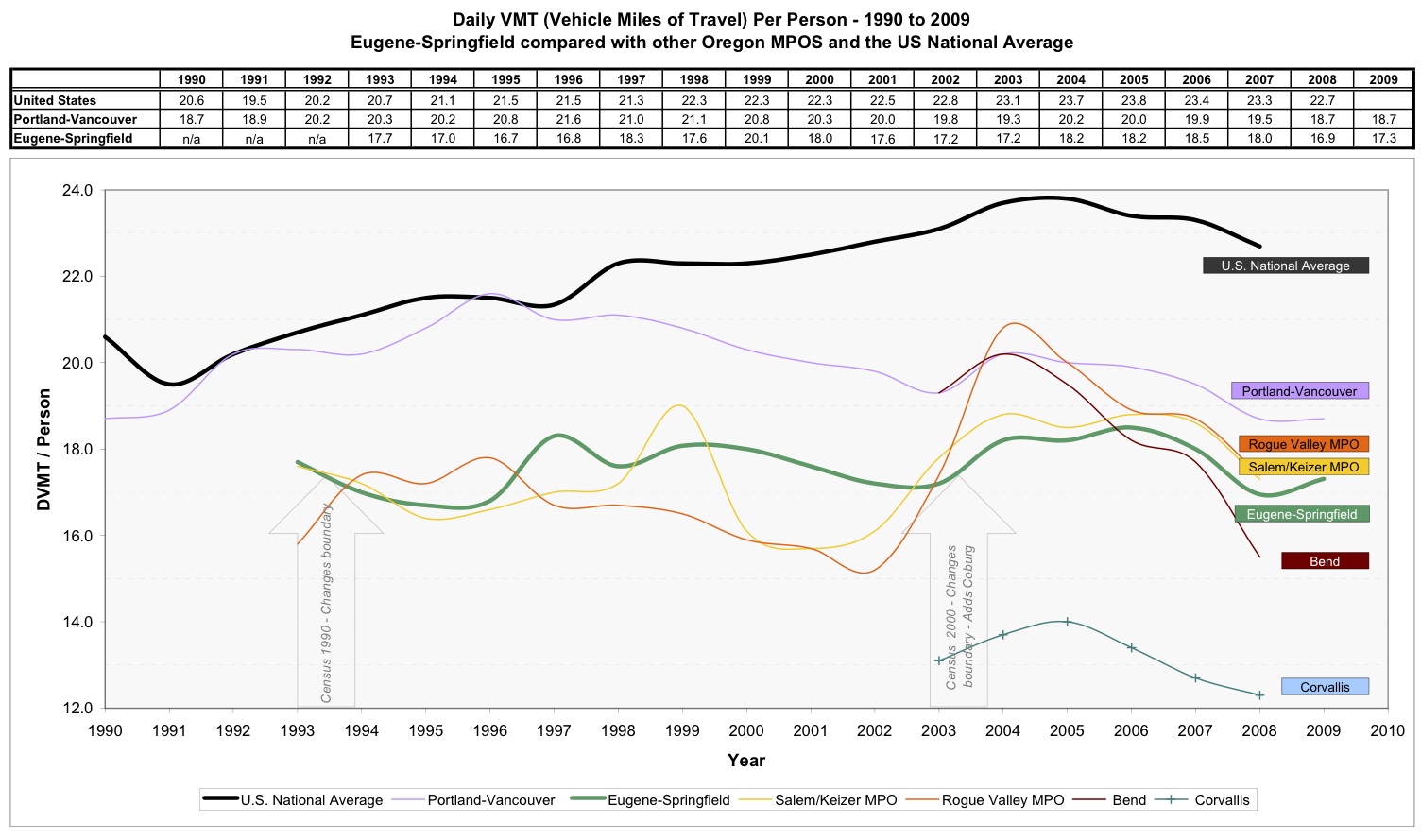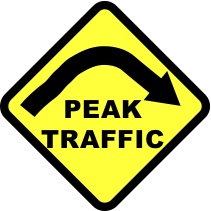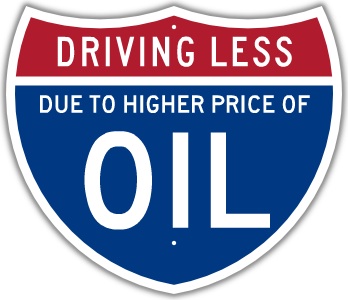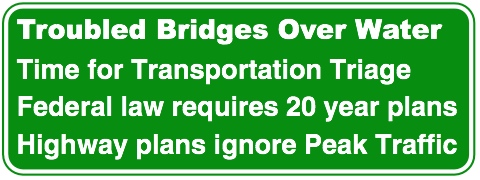Oregon
one page summary, useful for public meetings: oregon-highways.pdf
| Trillion Dollar Highway Plans = Multiple Bypass Surgery a state by state list |
|
| High Priority Corridors specified by Congress in 1991, 1995, 1998, 2005, 2012 |
|
| NAFTA Superhighways | |
| Corridors of the Future | |
| J. Edgar Hoover Parkway: transportation surveillance, mileage taxes, RFID & video tolling |
|
| Paving Appalachia:
Corridor A to X in AL, GA, MD, MS, NC, NY, OH, PA, SC, TN, VA, WV |
|
| Alabama | Nebraska |
| Alaska | Nevada |
| Arizona | New Hampshire |
| Arkansas | New Jersey |
| California | New Mexico |
| Colorado | New York |
| Connecticut | North Carolina |
| Delaware | North Dakota |
| Florida | Ohio |
| Georgia | Oklahoma |
| Hawai'i | Oregon |
| Idaho | Pennsylvania |
| Illinois | Rhode Island |
| Indiana | South Carolina |
| Iowa | South Dakota |
| Kansas | Tennessee |
| Kentucky | Texas |
| Louisiana | Utah |
| Maine | Vermont |
| Maryland | Virginia |
| Massachusetts | Washington |
| Michigan | Washington, D.C. |
| Minnesota | West Virginia |
| Mississippi | Wisconsin |
| Missouri | Wyoming |
| Montana | |
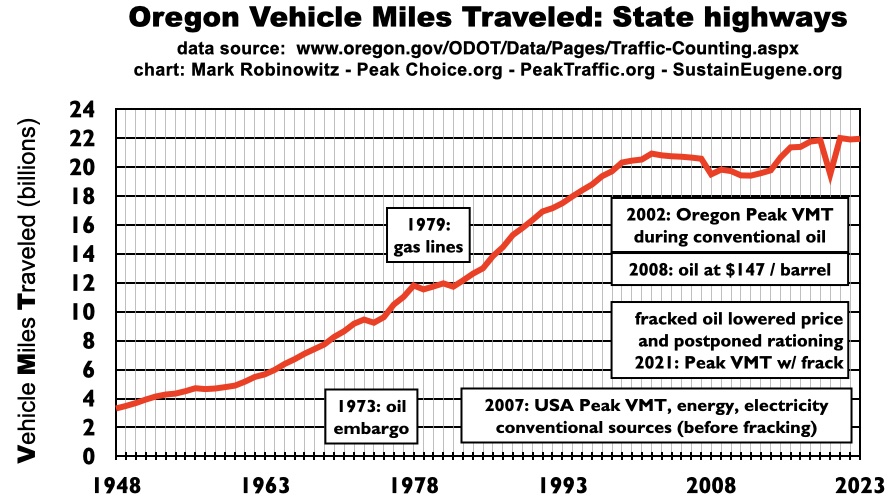
High Priority Corridor 19: United States Route 395
US 395 from Reno to Canada
would facilitate increased truck traffic to Hanford nuclear dump, among other purposes.
Route 395 in Oregon is extremely rural. It is difficult to understand why Route 97 through Bend was not specified instead - that is a major truck route with some expressway segments that passes through Klamath Falls and Bend, the major population centers in eastern Oregon. 395 passes through Pendleton, John Day, Burns, Wagontire (population 2), Lakeview.
High Priority Corridor 30: Interstate 5
The Columbia River Crossing (new, wider bridge from Vancouver, WA to Portland, OR) is part of this.
I-5 in Oregon is being widened from Washington to California, a piece at a time.
Widening I-5 is part of the Corridors of the Future Federal Highway Administration priority program.
www.eugeneweekly.com/20140213/guest-viewpoint/grading-curve
Grading on a Curve
Enviro ‘champs’ ignoring the biggest issues
ARTICLE | FEBRUARY 13, 2014 - 12:00AM | BY MARK ROBINOWITZ
On Nov. 27 [2013], EW’s Slant profiled the “Environmental Scorecard” of the Oregon League of Conservation Voters. EW drew attention to “the relatively high scores racked up by state reps and senators in our part of the valley.” Unfortunately, OLCV was grading on a curve to make Democrats in Salem look better than they are.
One of the most important votes of the 2013 session, not included in OLCV’s scorecard, was to appropriate $450 million toward the Columbia River Crossing (CRC), a $3 billion to $4 billion dollar boondoggle that would widen I-5 to 16 lanes north of the bridge. The Oregon House voted 45-11 in favor and the Senate voted 18-11 in favor. Only two Democrats in the House and one in the Senate voted “no.”
EW highlighted Rep. John Lively’s 94 percent OLCV rating, but did not mention his vote for the CRC nor his previous promotion of bigger roads while working for ODOT.
OLCV’s website cites 10 state reps as environmental champions, but only one of those 10 voted against the CRC. Designating highway expansion supporters as “environmental leaders” suggests political partisanship has become more important than environmental protection.
The only legislator representing Lane County who was against CRC was Rep. Bruce Hanna of Roseburg, a Republican. Some Republicans expressed dislike of the token transit component. Republicans were freer than Democrats to oppose Gov. Kitzhaber’s campaign for CRC.
CRC is now bogged down in financial chaos since Washington state legislators did not appropriate anything for it. However, the project is legally approved and an Obama administration priority.
In November 2008, Gov. Kulongoski’s Transportation Vision Committee released a report that called for $18 billion in new and expanded state highways, including over $1 billion in Eugene and Springfield. 1000 Friends of Oregon, Oregon Environmental Council and Environment Oregon were part of this committee, but they were window dressing to show that all points of view were supposedly considered. If these groups had a minority report to dissent from the highway promotion, they kept it very quiet.
In 2013, ODOT started building two new highways: the Newberg Dundee Bypass (through farmland) and the Sunrise Freeway in Clackamas County. Both projects only have part of their funding, so ODOT is building segments and hoping for the rest of the money in the future. I attended public hearings for both of these bypasses and did not see any environmental groups at either event.
Also in 2013, ODOT approved a new freeway in Medford, the Route 62 bypass. I didn’t attend the hearing. The only environmental group that sent comments was Rogue Valley Audubon Society, which complained construction would harm birds.
Federal aid highways such as CRC have to plan for traffic two decades in the future, not current congestion. Our transportation plans ignore the fact that traffic levels peaked in Oregon in 2003 and Oregon’s main fuel source, the Alaska Pipeline, peaked in 1988 and has dropped three quarters since then. It’s anyone’s guess how much energy will be available for traffic in the 2030s, but it will be much less than the current flow, especially if the Alaska Pipeline closes due to “low flow.” Current levels are just above the minimum threshold needed for the pipeline to operate in the Arctic winter.
Here in Eugene from 1999 through 2007, I was the “road scholar” for a proposed lawsuit that prevented the West Eugene Porkway, a bypass of West 11th through the West Eugene Wetlands. WETLANDS vs. Federal Highway Administration was not filed because the feds withdrew the project and selected “no build.” Details are at SustainEugene.org.
The lawsuit focused on legal precedents, including Section 4(f), which prohibits federal aid highways through parks. But it also would have tried to have set a new precedent combining the facts of peak oil and peak traffic as reasons the 20-year planning rule no longer justifies highway expansions.
Since then, I have looked for other freeway fights around the country that could use this legal strategy to create a precedent. A state-by-state list of plans for $1 trillion of highway expansions across the country is at PeakTraffic.org.
The most energetic environmental efforts against new roads are often in places where liberal Democrats are surrounded by conservative Republicans (Bloomington, Ind., and Louisville, Ky., are examples). The professional environmentalists in these places know the state government is not their ally (nor their funder).
While trains and transit could play important roles for post-peak transportation, recognizing we’re passing the limits to growth and relocalizing food production are probably the most important responses to peaked traffic and peaked energy.
About the Author
Mark Robinowitz of Eugene is author of “Peak Traffic and Transportation Triage: a Legal Strategy to Cancel Trillion Dollar Highway Plans and Prepare for Post Peak Travel,” at PeakTraffic.org.
• 1 Comment
peakchoicedotorg • 17 minutes ago
Sent to me from "a long time environmental activist and former OLCV board member" - I sent him this op-ed and this was his reply:
I hope they print it.
OLCV continues to disappoint me. I wrote them after the special session in which local control over genetic engineering was thrown under the bus and told them they should target on a Democrat architect of that compromise for defeat in the primary, just to show that environmentalists mean business. I received no reply. That they left off the CRC from their list of counted votes doesn't surprise me in the slightest. They are an arm of the Democratic party and deathly afraid of organized labor.
Oregon environmental groups ignore ODOT's highway plans
(except the Columbia River Crossing, which was stalled - but not stopped - by refusal of Washington State Republicans to fund the light rail component)
www.oregonpriorities.org/increase-transportation-options/increase-transportation-options
(no longer online)
The "Oregon Priorities" website from 1000 Friends of Oregon, Environment Oregon and Oregon Environmental Council avoids mention of ODOT's plans to spend $18 billion to expand Oregon State Highways. They are also silent about Kulongoski's "Mileage Tax" proposal (now promoted by Dr. Kitzhaber), which would track all trips to charge taxes on a per-mile basis. This surveillance system would reward speeders (who use more fuel) and SUV owners. Gas taxes are a less intrusive way to fund transportation projects than creating "spy roads" to monitor everyone's travels and charging Hybrids the same as Hummers.
Transportation Vision Committee
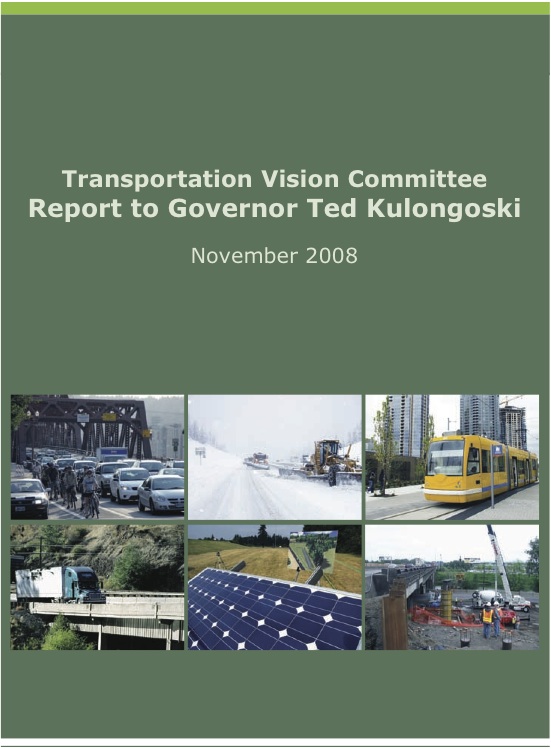 2008 plan for $18 billion of widenings and new bypasses
2008 plan for $18 billion of widenings and new bypasses
Governor Kulongoski's "Transportation Vision Committee" released a report in November 2008 that called for $18 billion in new and expanded state highways. A couple of Portland based, foundation funded environmental groups were part of this committee, but they were merely window dressing to show that all points of view were supposedly considered. (1000 Friends, Oregon Environmental Council, Environment Oregon) If the "environmentalists" had a minority report to dissent from the highway promotion, they kept it very quiet.
No substantial increases in transit systems (outside of Portland) were mentioned in the report. Portland's light rail expansion is a good thing, but far more money is being spent toward expanding the highway network than public transit.
Washington State is making modest upgrades to the train tracks that the Amtrak Cascdes train uses to have better passenger rail service. The Cascades train can go 200 kph (124 mph), making it the second fastest train in the country -- but the tracks are not able to handle it. Money planned to widen I-5 should be used to upgrade intercity passenger rail.
http://governor.oregon.gov/Gov/pdf/tvreport_final.pdf
2008 "Transportation Vision Report" - no longer on line
archived at www.sustaineugene.org/tvreport_final.pdf
some highlights:
$4.2 billion - Columbia River Crossing, wider I-5
(approved December 2011, not under construction due to refusal of Washington State legislature to appropriate any funds)
$1 billion - Sunrise highway, Clackamas County
(approved December 2010, only $130 million is available to build a segment, initial segment started construction 2013)
$1.3 billion - I-5 / I-84 reconstruction, Portland
$2.1 billion - I-5 to Hwy 99, Tualatin-Sherwood
(part of Portland Western Bypass stopped in 1990s)
$2 billion - I-5 widening south of Portland
$600 million - I-5 widening, Salem to OR 34
(I-5 widening is underway from Canada to Mexico)
$670 million - new Salem Willamette River bridge
$550 million - Newberg Dundee bypass
(approved June 2010, only $262 million is available to build a segment, construction started 2013)
$100 million - North Corvallis Bypass
(Route 34 to north Corvallis, including new river bridge)
$200 million - Route 126 upgrade, Springfield
(wider mainline plus interchanges at 52nd and Main Street)
$250 million - Beltline widening, Eugene
(one option would widen Beltline to 11 lanes at the river)
$375 million - Route 62 freeway bypass, Medford
(approved at $450 million, May 2013)
$870 million, US 97 upgrades, Bend-Redmond
another Environmental Assessment underway:
I-5 widening from South Jefferson to Albany, estimated at $500 million in 2009
www.oregon.gov/ODOT/HWY/REGION2/pages/i-5_southjefferson_home.aspx
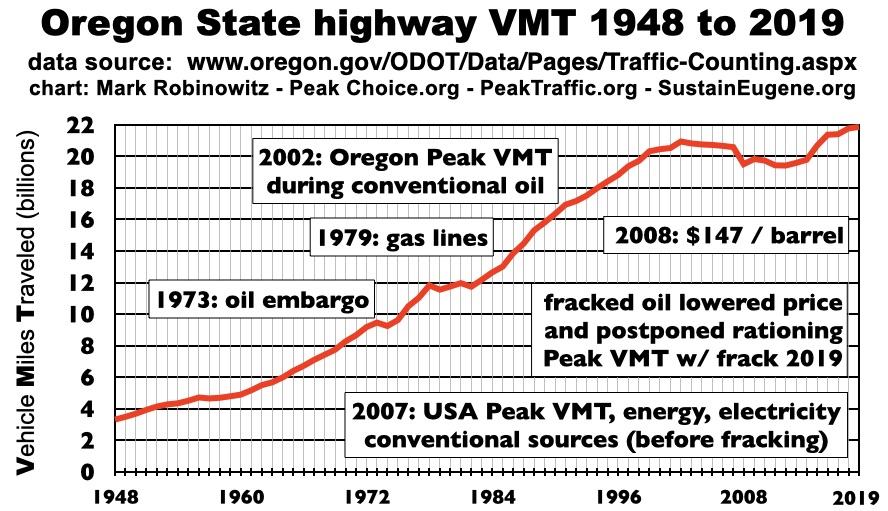
ODOT graphic of Peak Traffic in Oregon
